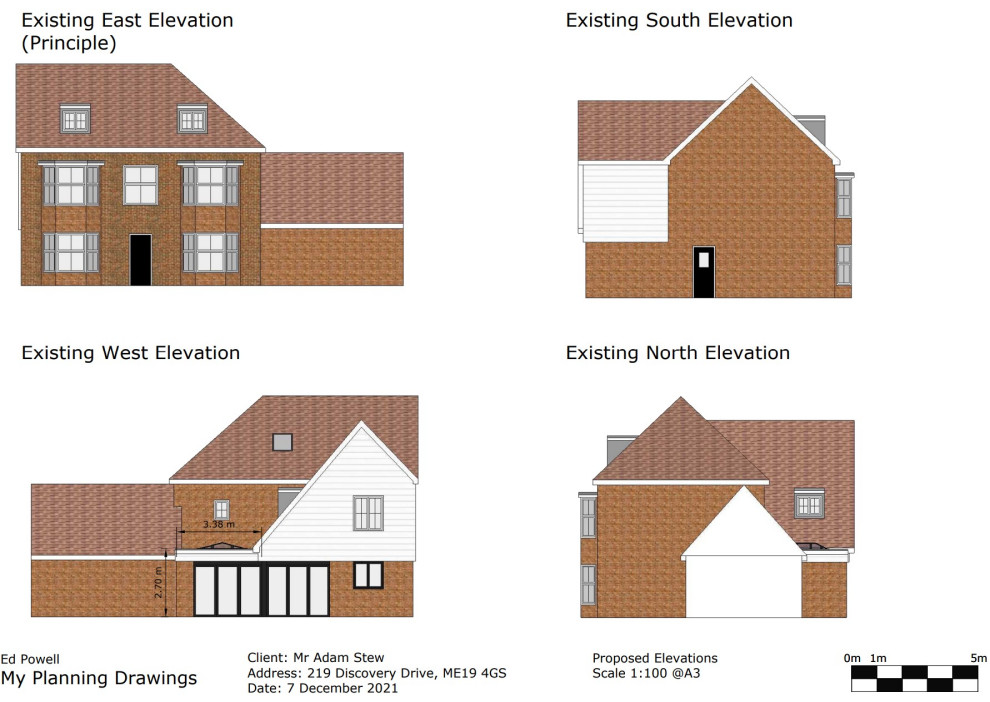Quick Guide to Permitted Development

The UK Government is trying to make it easier for homeowners in England to add living space to their houses and ease housing shortage pressure, by adding more entitlements to Permitted Development Rights (a type of planning application that doesn’t come with the burden of applying for full planning permission). These entitlements allows homeowners to do more building work to their homes than ever before, without having to apply for planning permission, however owners are advised to submit Permitted Development Applications to ensure that their project is legal. Unlike Planning Permission applications, Permitted Development Applications provide the following benefits:
- Neighbour notifications are not usually sent for Lawful Development applications, whereas they always are for Planning Permission applications;
- The local authority fee is approximately 50% cheaper for a Lawful Development application than for a Planning Application;
- Permitted Development rights are explicit and applied consistently across each jurisdiction, whereas Planning decisions are opinion based and outcomes are less predictable;
- Lawful Development applications are usually quicker than Planning Permission applications, taking up to 8 weeks whereas Planning Permission can take up to 13 weeks; and
- Permitted Development approval doesn’t expire, whereas Planning Permission requires building to be started within 3 years.
If you are looking to build using Permitted Development Rights, e.g. to build a Permitted Development extension, you will firstly need to establish the following:
1. Does your property have unused Permitted Development Rights? If your property has been subject to a previous planning application, e.g. change of use from a pub to a house, the Permitted Development Rights may have been withdrawn by the local authority as a condition of the planning permission approval – called an ‘Article 4’ direction. Alternatively, some or all of the Permitted Development Rights may already have been used to build extensions or outbuildings.
2. What was the original footprint of the house either when it was built, or on 1st July 1948 if built before that date? Permitted Development Rights are applied to the original footprint of the building or, if it was built after 1st July 1948, allowances are attributed to the building as it was on this date. As an example, if your house was built in 1931 and had a large 8m rear extension added in 1947, the Permitted Development allowances apply to the whole building including the extension – this is a benefit to the owner as they could add another rear extension whereas they wouldn’t be able to if the extension had been added in 1949.
3. Is my property on ‘Designated Land’? Designated Areas are protected and as such certain Permitted Development restrictions apply to buildings on Designated Land. If you live in a Conservation Area or Area of Outstanding Natural Beauty you will have to adhere to Designated Land restrictions. Take single storey extensions for example, a semi-detached house with PD rights not in a Designated Area can have a single storey PD extension that goes back 6m from the original rear wall of the building, but the same house on Designated Land can only go back 3m.
Contact us if you'd like to discuss Permitted Development.
